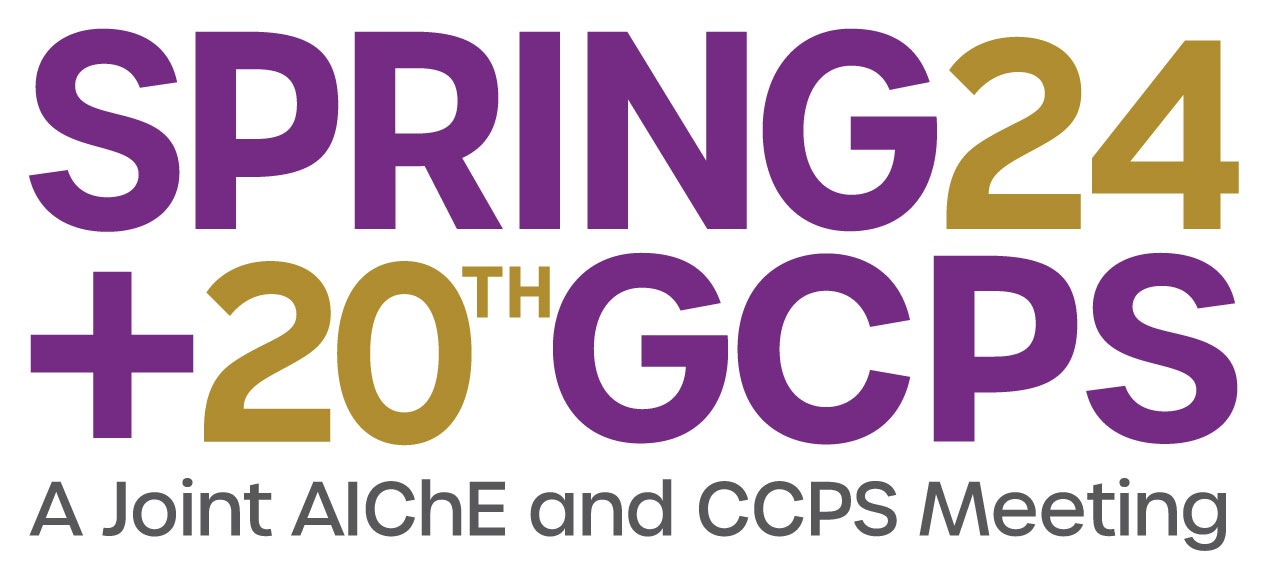

Effective CO2 reduction in the course of olefin production is probably the biggest challenge petrochemicals are facing these days. In this contribution, the authors will introduce a simplified and tangible visualization of the different mechanisms currently available for reduction of CO2 emissions that are most relevant to olefins production through steam cracking.
Examples of emission reduction measures and their impact on the different emission categories will be highlighted. Among the multiple considered approaches, electrification of processes and Carbon Capture and Storage/Utilization (CCS/CCU) are two most promising measures when it comes to direct emissions. Renewable feeds, on the other hand, are among the most effective ways to reduce Scope 3 emissions, in particular the so-called end-of-life emissions.
The paper will then showcase how these technologies can complement each other, what’s industrially viable and what level of CO2 emission reductions is possible. A scenario of simultaneously utilizing renewable feedstocks with either CO2 capture, or furnace electrification, will be compared to a conventionally operated steam cracker. The conference contribution will conclude how technologies already available today can contribute to olefins and downstream products with minimized direct and indirect CO2 emissions.
Presenter(s)
Language
Pricing
Individuals
| AIChE Member Credits | 0.5 |
| AIChE Pro Members | $19.00 |
| Fuels and Petrochemicals Division Members | Free |
| AIChE Graduate Student Members | Free |
| AIChE Undergraduate Student Members | Free |
| AIChE Explorer Members | $29.00 |
| Non-Members | $29.00 |
